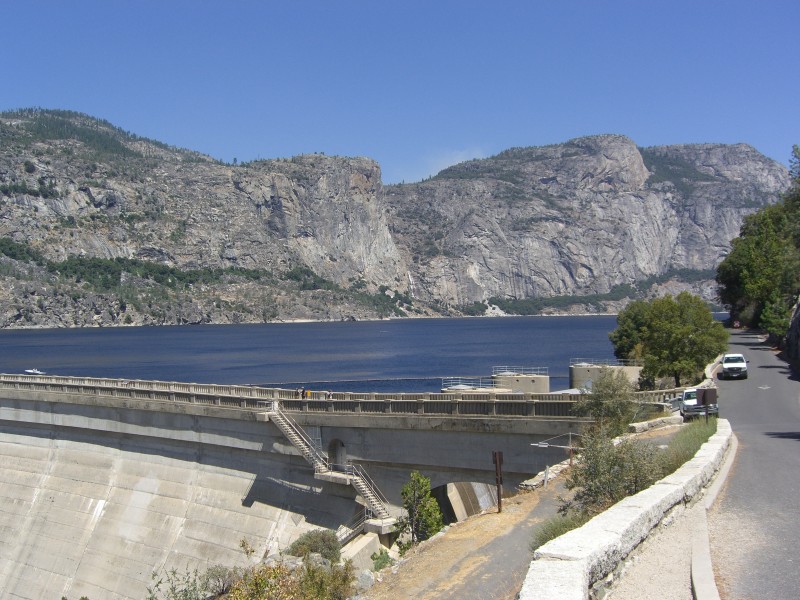Activists have launched a new round in their long-running campaign to restore Yosemite National Park's Hetch Hetchy Valley to its natural condition by draining the reservoir that serves San Francisco and most of the Peninsula.
In a lawsuit filed last week in Tuolumne County (embedded below), the group Restore Hetch Hetchy renews arguments that featured prominently in a 2012 San Francisco ballot campaign -- namely, that the water supply from San Francisco's Sierra Nevada reservoir can be readily and relatively cheaply replaced by altering management of the Tuolumne River.
San Francisco officials, who have opposed studying the idea of emptying Hetch Hetchy, say the suit is "baseless" and that even suggesting draining the reservoir -- as the state contends with a severe drought -- is "outrageous" and "crazy."
The lawsuit alleges that Hetch Hetchy violates a 1928 provision of the California Constitution that requires the "beneficial and reasonable" use of the state's water. The action points to later interpretations of the provision, Article X, Section 2, which have held that "the public interest requires that there be the greatest number of beneficial uses which the supply [of water] can yield.
The suit says San Francisco's use of a swath of Yosemite National Park fails to do that:
[The city has] eliminated or seriously impaired the beneficial uses of the Tuolumne River as the river flows through the Hetch Hetchy Valley. Respondents’ method of diverting the Tuolumne River’s waters eliminates important aesthetic, scenic, fish & wildlife habitat, fishing, recreational, and preservational beneficial uses in furtherance of water supply storage for remote cities and replaceable electric power production.
The suit also says the city's water project robs Yosemite visitors "of the wonder that would be experienced by millions ... journeying to view Hetch Hetchy Valley's sublime landscape."

